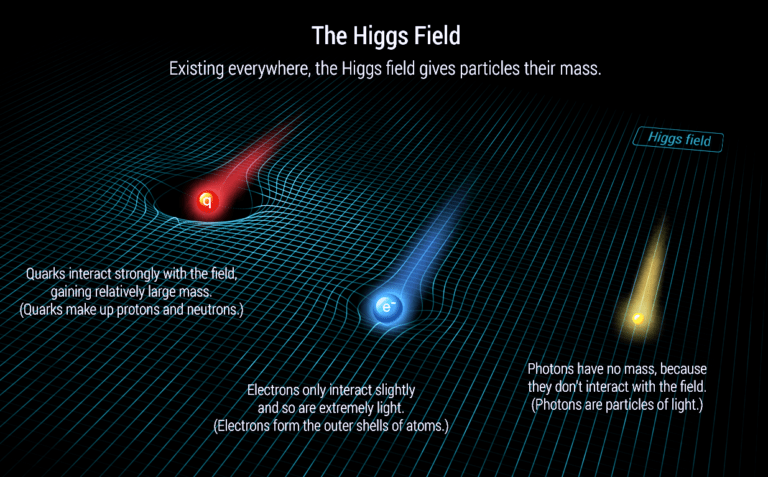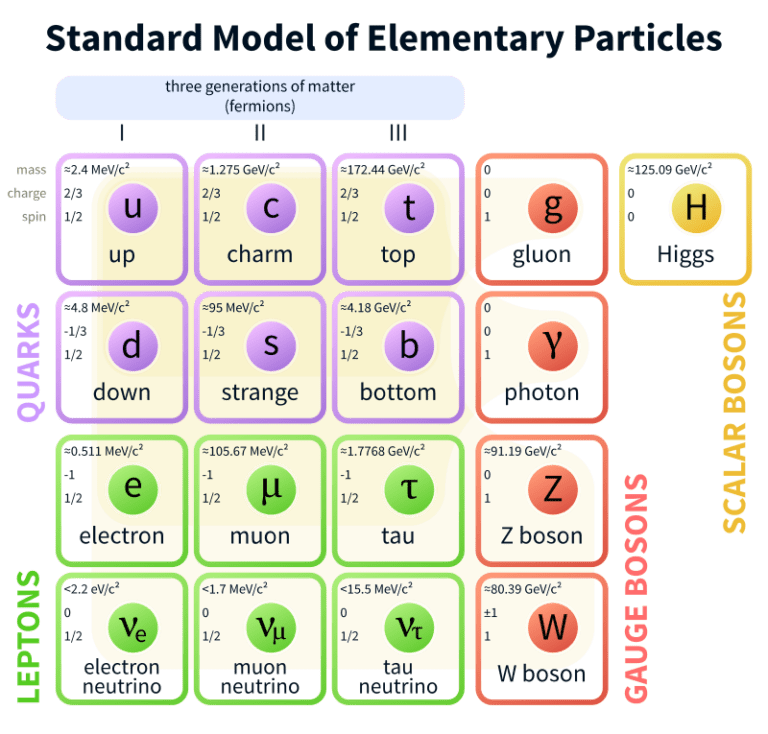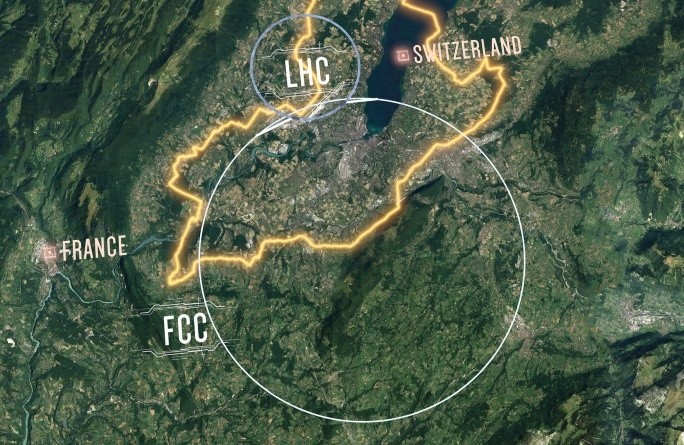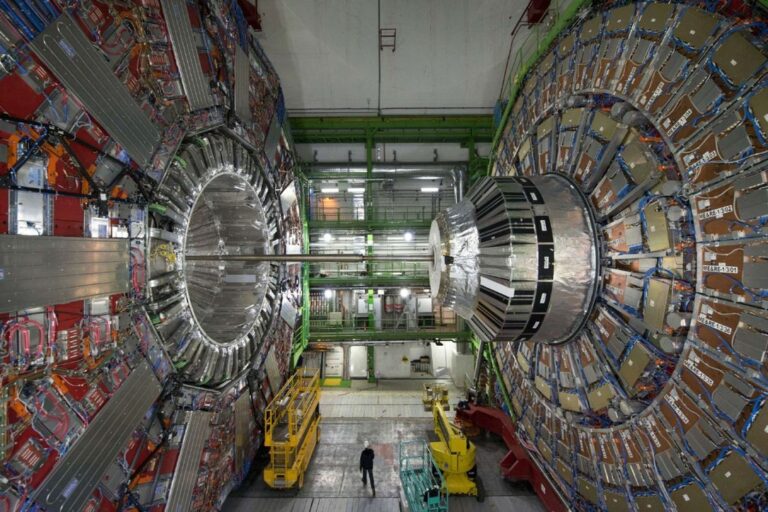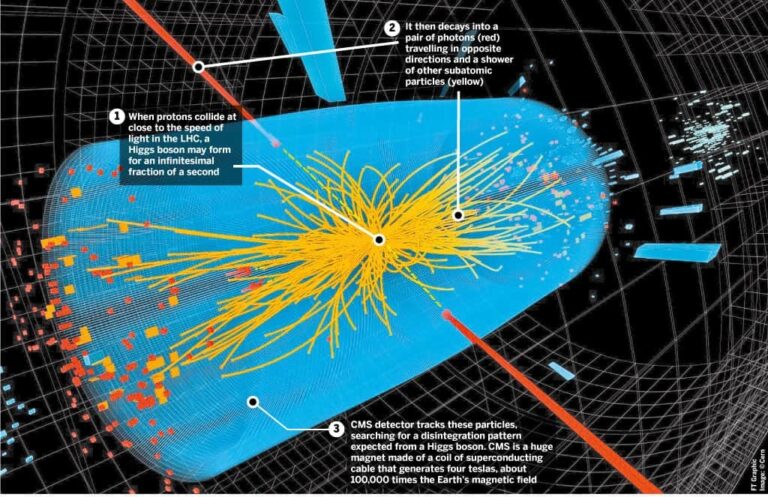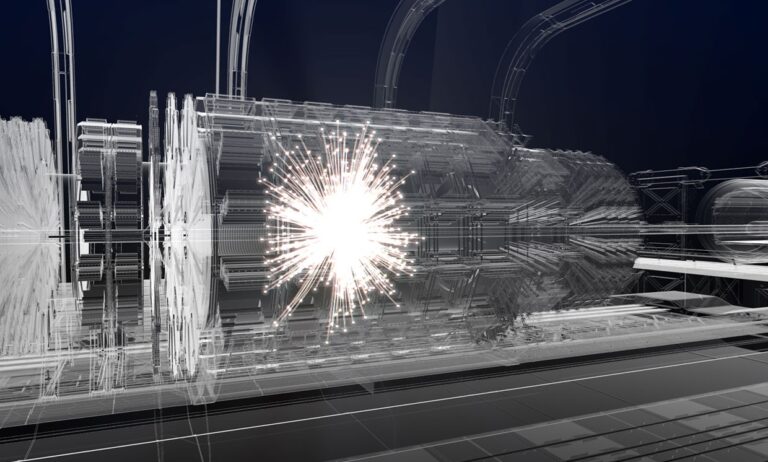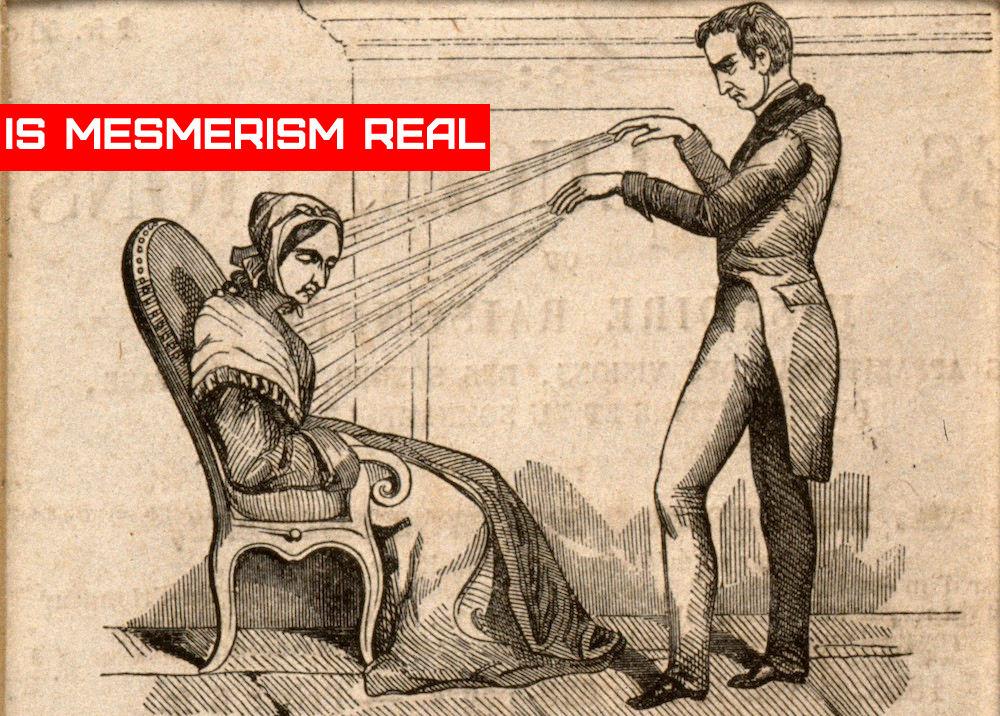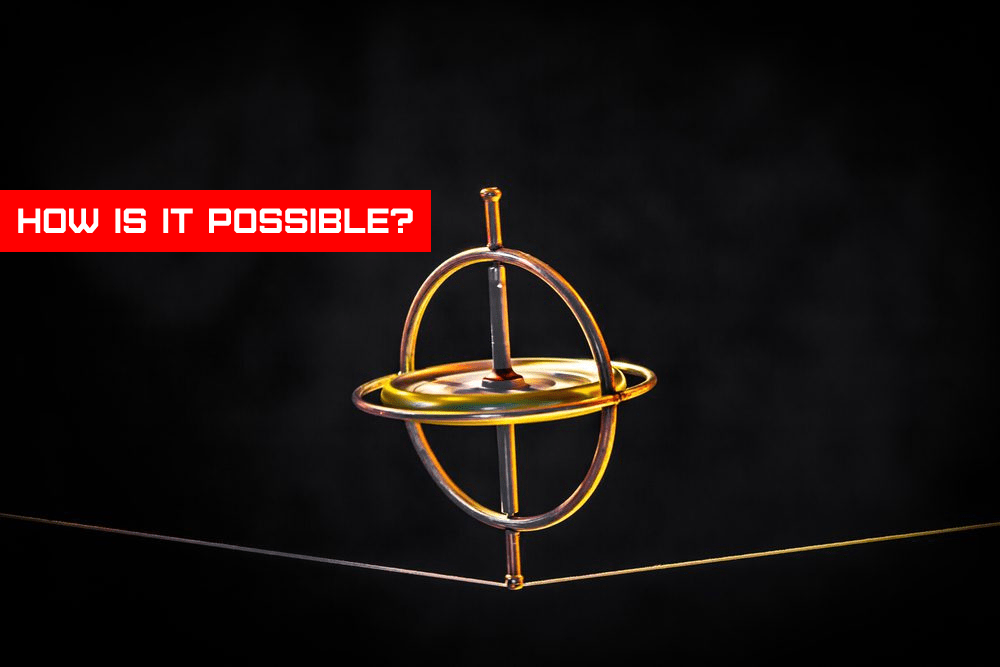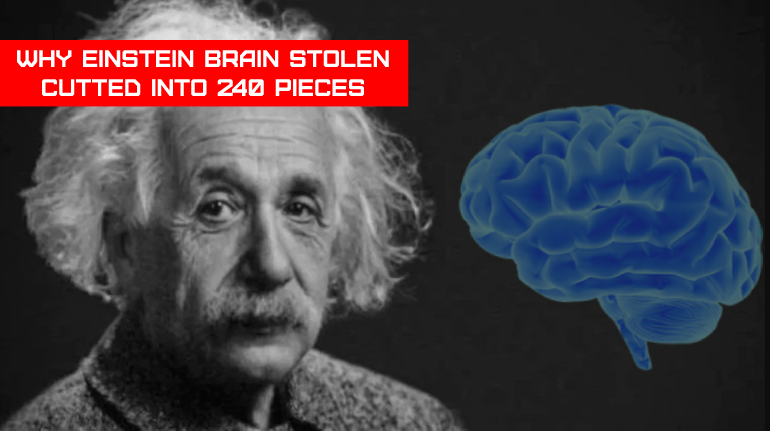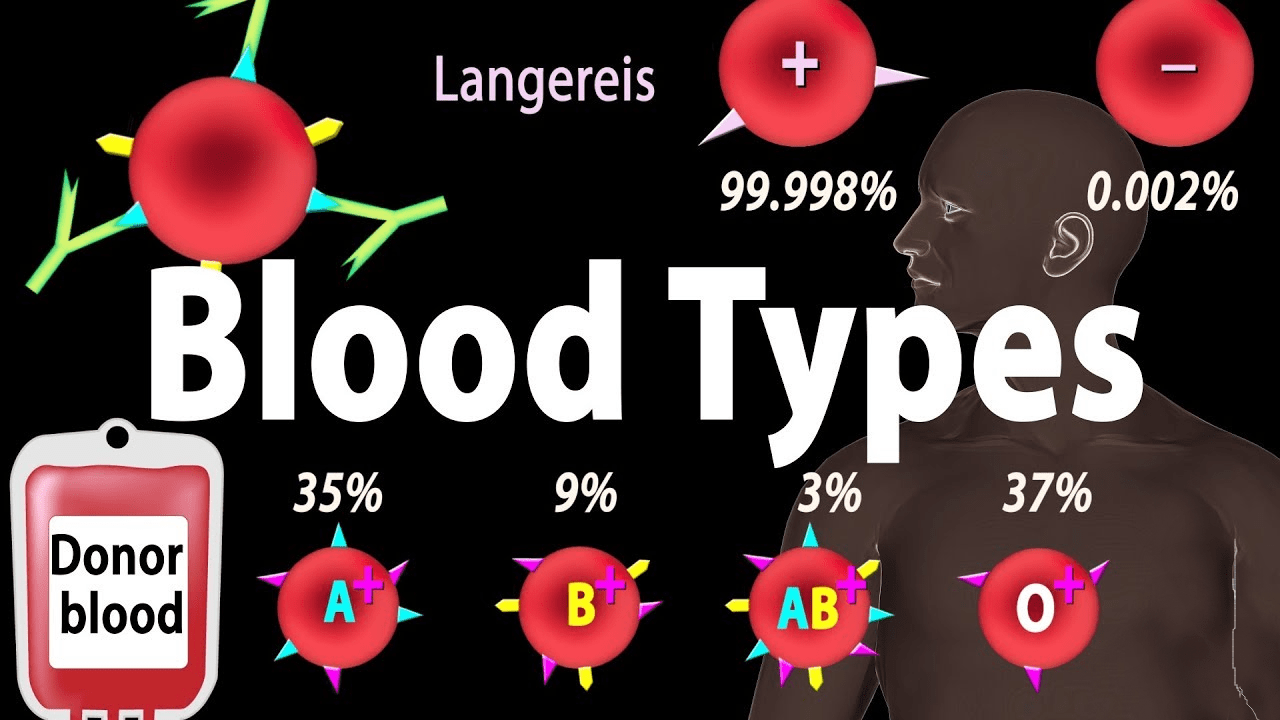The newest elementary particle to be included in the Standard Model is the Higgs Boson. That contributes significantly to what makes it so unique. While the existence of nothingness leads to everything in reaching consciousness, finding everything in nothing is difficult.
What is Higgs Boson?
The Higgs boson is the fundamental particle linked with the Higgs field, which is responsible for the mass of other fundamental particles such as electrons and quarks. When a particle is subjected to a force, its mass determines how much resistance it has to change its speed or location. The photon, which is a light particle that conveys the electromagnetic force, has no mass.
Why Higgs Boson is Important?
Consider an empty region of space, a pure vacuum, devoid of all matter. According to quantum field theory, this hypothetical area is not actually empty: particle-antiparticle pairs connected with distinct quantum fields appear momentarily before annihilating and changing into energy.
However, the “expectation value” of these fields in a vacuum is zero, meaning that we may expect no particles within the perfect vacuum on average. The Higgs field, on the other hand, has an extremely high vacuum expectation value, implying that it exists everywhere. Because of its omnipresence, the Higgs field may effect all known massive fundamental particles in the cosmos.
What Does Higgs Boson Do?
A Higgs boson is a spin-less, weakly charged particle that is attracted to itself in such a way that the lowest energy state has a limited density of such particles, resulting in a background presence.
Because it is charged, passing W-bosons and Z-bosons will be absorbed and re-emitted by the Higgs Boson background. The Higgs boson backdrop will appear like sticky goo to these weak-force bosons as a result, giving them the appearance of having mass. This is why the W and Z bosons have limited ranges and the Weak Force is so weak.
In reality, the Higgs Boson background provides mass to electrons and quarks by a similar manner. The Z-boson and photon can combine, but they do not interact with the Higgs Boson. This combination is what humans perceive as the photon, and it stays massless.
A few Interesting Points:
1.The Higgs boson, like other particles, derives its mass from its interactions with the Higgs field.
2.Fundamental particles in our universe get mass as a result of interactions with the Higgs field.
3.Because of its specific traits and behaviours, the Higgs boson can be a unique doorway for detecting indications of dark matter.
When Higgs Boson Discovered?
The Higgs boson is a fundamental particle in particle physics that is described by the Standard Model. It is the quantum excitation of the Higgs field, a basic field critical to particle physics theory that was initially suggested to exist in the 1960s.
It has a non-zero constant value in vacuum, unlike other known fields such as the electromagnetic field. The existence of the Higgs field was the final unproven aspect of the Standard Model of particle physics, and it was regarded “the major challenge in particle physics” for several decades.
The presence of the field, which has now been confirmed experimentally, explains why some fundamental particles have mass when, according to the symmetries that govern their interactions, they should be massless. It also answers numerous other long-standing mysteries, such as why the weak force has such a small range.
Although the Higgs field is thought to pervade the whole Universe, confirming its existence proved difficult. It may be shown to exist in theory by detecting its excitations, which appear as Higgs particles (the ‘Higgs boson,’ but these are exceedingly difficult to make and detect.
Why We Need Particle Accelerator and How It Works?
The significance of this basic question prompted a 40-year search and the development of one of the world’s most expensive and sophisticated experimental facilities, CERN’s Large Hadron Collider, in an attempt to generate Higgs bosons and other particles for observation and research. The finding of a new particle with a mass between 125 and 127 GeV/c2 was reported on July 4, 2012; researchers assumed it was the Higgs boson.
Since then, the particle has been proven to behave, interact, and decay in many of the ways anticipated by the Standard Model for Higgs particles, as well as possessing even parity and zero spin, which are two basic properties of a Higgs boson.
This also indicates that it is nature’s first elementary scalar particle. More research is needed to confirm with greater accuracy if the found particle has properties similar to those expected for Higgs boson by the Standard Model, or whether additional Higgs bosons exist, as predicted by certain hypotheses.
“More than a generation of scientists had been waiting for this very moment, and particle engineers, physicists and technicians in universities and laboratories all around the world had been labouring for many decades to arrive at this critical fork.”
In reality, the Higgs Boson background provides mass to electrons and quarks by a similar manner. The Z-boson and photon can combine, but they do not interact with the Higgs Boson. This combination is what humans perceive as the photon, and it stays massless.
What occurs here is that a beam of protons is accelerated by massive magnets, and two beams move in pipes in opposing directions at almost the speed of light, colliding at the detectors. When a proton collides with another proton at such high energy, the collision is detected by huge detectors.
Following this collision, we search for new particles produced by the collision of protons. Actually, there is so much energy in a proton at the time of collision that its energy after the collision changes into a mass of new particles, which is how new mass particles are discovered.
In 2012, the Higgs boson is discovered in this manner, which is the explanation for the Higgs field and our existence.
Who Named Higgs Boson? How?
The Higgs boson is named after Peter Higgs, one of six physicists who introduced the Higgs mechanism that postulated the possibility of such a particle in the 1964 PRL symmetry breaking articles. On December 10, 2013, Peter Higgs and François Englert was awarded the Nobel Prize in Physics for the research and prediction (Englert’s co-researcher Robert Brout died in 2011, and the Nobel Prize is not often granted posthumously).
Why Higgs Boson Called “God Particle”?
The term derives from the title of the late Leon Lederman’s popular scientific book The God Particle, published in 1993.
Why He Gave Name as God Particle?
This boson is so important to today’s state of physics, so critical to our final understanding of the structure of matter, but so elusive, that I’ve given it the moniker “God Particle.” Why does God Particle exist? For two reasons. One, the publisher wouldn’t allow us name it the Goddamn Particle, despite the fact that given its wicked character and the expenditure it is creating, that may be a more suitable term. And two, there is a tenuous link to another, much earlier novel.
The discovery of the Higgs boson established the existence of the Higgs field and supported the universe’s Standard Model.
Why the Experiment of Higgs Boson Stopped?
1. It is exceedingly unstable and has a life of about 10-22 seconds, the properties of this Higgs boson are yet unknown.
2. The Cost of the experiment to too high.
